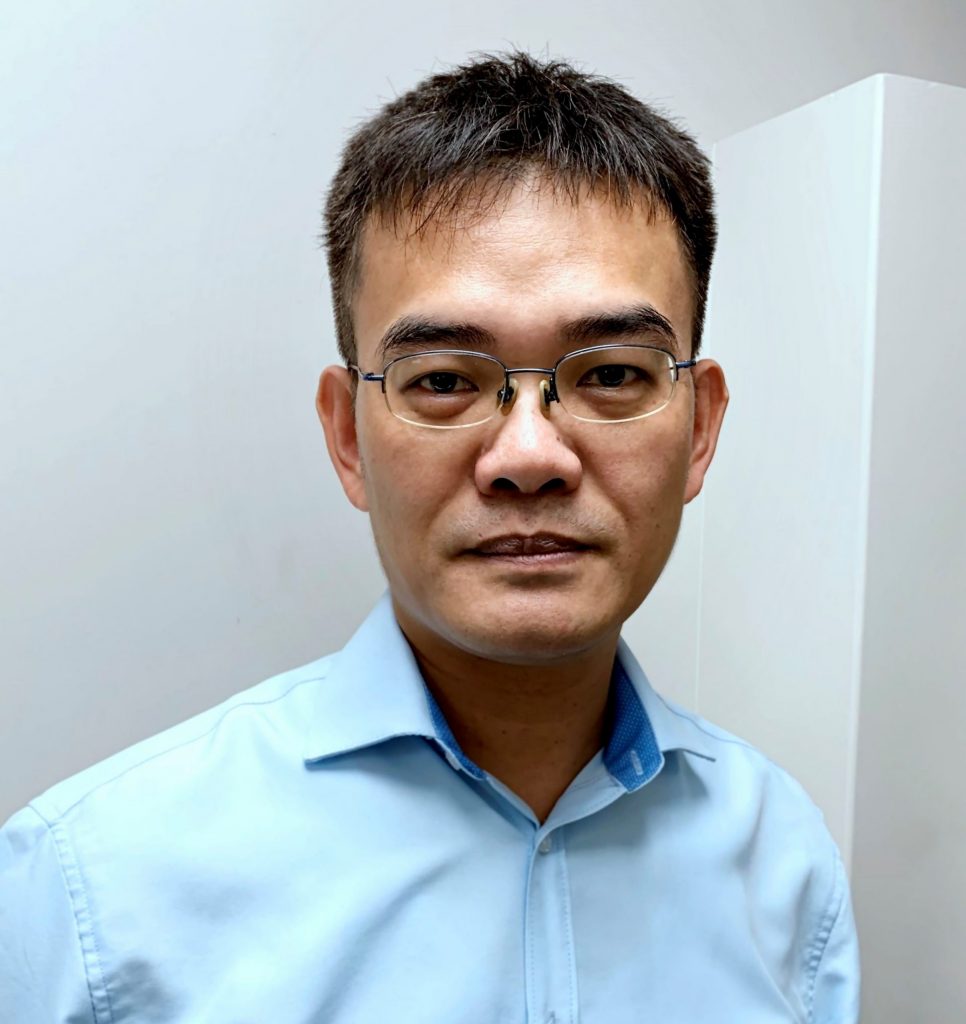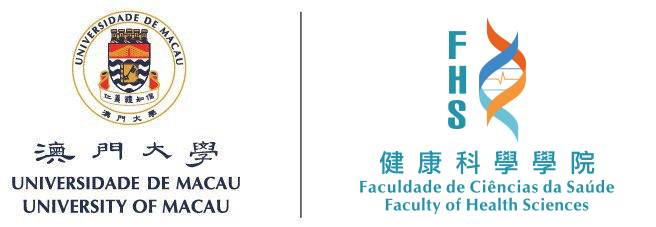Contact Information

Title
Assistant Professor
Office
(Address) E12-3016
/ (Phone) +853 8822 4986
Lab
(Address) E12-3070
/ (Phone) +853 8822 9107
Team Office
(Address) E12-3049, 3052
/ (Phone) +853 8822 9104
Email
Research Lab Website
Consultation Hours
Mon, Tue 14:00 – 15:00
Teaching
Research Team
| Name | Position | Office | Phone | |
|---|---|---|---|---|
| Veng Ian CHEONG | Research Assistant (Lab Representative) | E12-3052 | vicheong@um.edu.mo | |
| Yutao LI | PhD Student | E12-3049 | ||
| Mengqi CHEN | PhD Student | E12-3049 | ||
| Jie HU | PhD Student | |||
| Jiaqi SHEN | PhD Student | |||
| Yicong ZHANG | PhD Student | |||
| Juanjuan HUANG | PhD Student | |||
| Jianfeng ZHANG | PhD Student | |||
| Jiayue CAO | PhD Student |
| Education | |
| PhD | Department of Cell Biology, Yale University, USA (2008) |
| MPhil | Department of Cell Biology, Yale University, USA (2005) |
| BSc | Department of Biochemistry and Molecular Biology, Peking University, China (2001) |
| Positions | |
| 2020 – Present | Assistant Professor, Faculty of Health Sciences, |
| 2014 – 2019 | Associate Research Scientist, Department of Pathology and Cell Biology, Columbia University, USA |
| 2010 – 2014 | Postdoctoral Scientist, Department of Pathology and Cell Biology, Columbia University, USA |
| 2008 – 2010 | Postdoctoral Scientist, Department of Molecular, Cellular and Developmental Biology, Yale University, USA |
| Research Interests | |
| Cell polarity is a fundamental feature of living cells and is essential for many cellular and developmental processes. My laboratory is interested in how cells establish their polarity and how this process is affected by aging. We focus on: 1) how cell polarization is driven by the cytoskeleton; 2) elucidating the roles of nuclear envelope proteins in regulating cell polarization; 3) identifying aging-associated secretory factors that affect cell polarity; 4) deciphering the molecular mechanism of polarity-related aging factors. Our goal is to provide better understanding of aging mechanisms and identify aging markers and targets for aging treatments. | |
| Representative Publications | |
|
|
| Professional Activities | |
| Journal Reviewer: Communication Biology. | |

